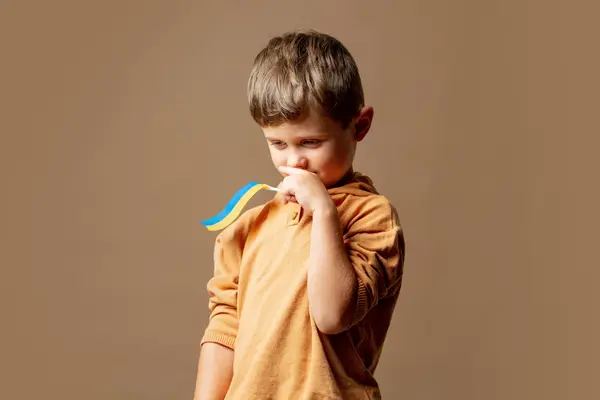Behavior & Development
Why Toddlers and Kids Bite: Understanding the Behavior

It can be quite a shock when your toddler or child bites you or someone else, but biting behavior is quite common in children, especially those up to around age 4. While it may be alarming, it’s important to understand that biting is a typical phase of child development.
Why Do Kids and Toddlers Bite?
Children aged 1 to 3 years often bite when overwhelmed by emotions like fear, frustration, or anger. It’s also common during teething, as biting can help relieve discomfort. Sometimes, toddlers may bite because they have been bitten by another child or because they feel threatened in a situation, such as a fight with a peer. This behavior is also linked to their developing sense of independence and their limited ability to manage impulses.
While biting may seem alarming, it is part of normal development as children explore the world around them. Here are some reasons your toddler might bite:
- Relieving pain from teething
- Gaining control over their environment
- Exploring cause and effect (“What happens if I do this?”)
- Satisfying a need for oral stimulation
- Expressing emotions when feeling overwhelmed
By around age 3 or 4, most children naturally stop biting as their impulse control improves, and they gain the ability to communicate using words.
What to Do When Your Toddler or Child Bites
When a bite occurs, stay calm and respond with firm but simple language. If your child bites you, avoid reacting emotionally, as this might escalate the situation. Instead, use a calm voice and state clearly that biting is not acceptable, such as saying, “No biting allowed, it hurts.”
Here are some additional steps to handle biting incidents:
- Ensure Safety: If your toddler bites another child, separate them immediately to ensure everyone is safe.
- Administer First Aid: If the bite breaks the skin, clean the wound and apply a bandage. If necessary, consult a pediatrician.
- Set Boundaries: Use clear, direct language to communicate that biting is not allowed and that it hurts.
- Provide Alternatives: Teach your child to express their feelings using words like “no” or “stop” instead of resorting to biting.
How to Prevent Biting in Toddlers and Children
To prevent biting, consider the situations that trigger the behavior and intervene early. If your child tends to bite during playtime when toys are taken, for instance, help them learn how to express their frustration with words.
Some prevention tips include:
- Offer alternatives for biting, such as safe objects like teething toys for babies.
- Redirect attention when your child shows signs of frustration.
- Stay consistent in enforcing the no-biting rule, and praise positive behaviors.
Reading books about biting, such as Teeth Are Not for Biting by Elizabeth Verdick, can help reinforce the message.
When to Talk to Your Pediatrician
While biting is typical in young children, excessive or aggressive biting beyond the age of 4 may be a sign of underlying issues. If your child’s biting becomes persistent, or if you’re concerned about other behavioral patterns, consult your pediatrician. Early intervention can provide strategies to manage behavior and address any concerns that may arise.
Conclusion
Understanding why toddlers and young children bite is essential to handling the behavior with patience and empathy. With the right strategies and consistent responses, your child will eventually outgrow this phase and learn more effective ways to communicate. If the behavior persists or worsens, seeking guidance from a pediatrician can help ensure your child’s development stays on track.












